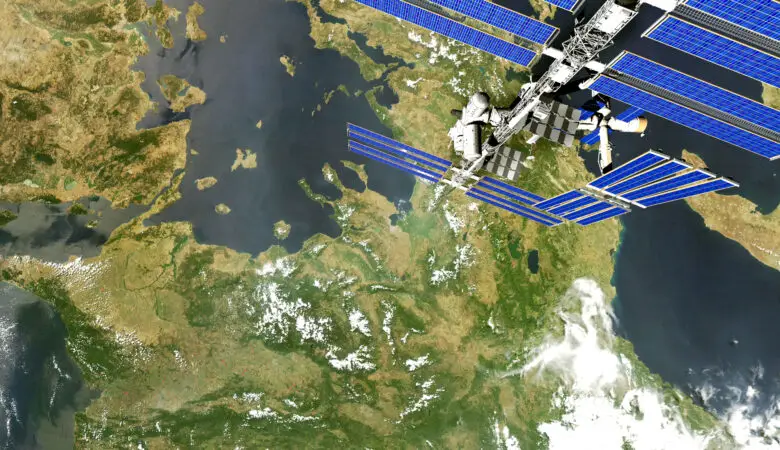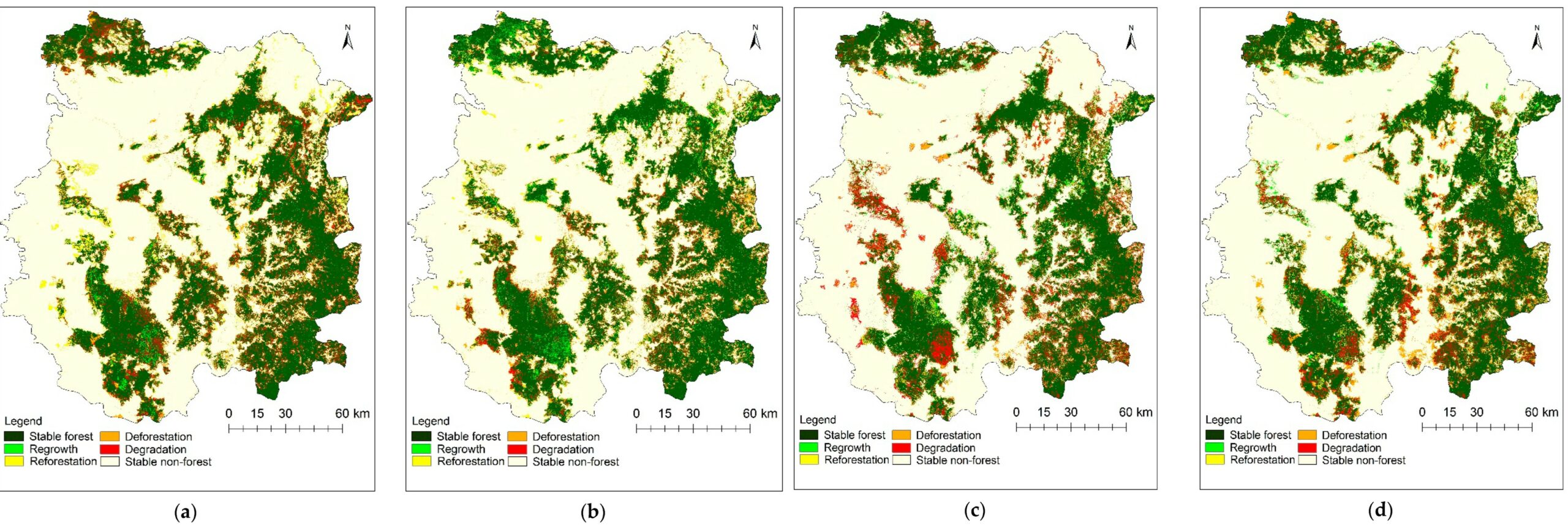Introduction
Remote sensing is a method of collecting information about an object or features on earth without physically touching them. There are many different ways of doing remote sensing. One way is through satellite imagery. Satellite imagery collects images of the earth’s surface and transmits them back to us. Remote sensing technology is used to map out land, sea, and air, monitor changes in the environment, study climate change, and track natural disasters.
History of Remote Sensing
Remote sensing began with early uses of photography and mapping. In 1872, Alexander Graham Bell used his invention, the telephone, to take photographs of the sky. He called it “photophone”. In the late 1800s, scientists developed ways to measure light reflected off objects. They could use this information to determine what was there. This led to the development of the first aerial cameras. These cameras were mounted on balloons and airplanes and took photos of the Earth’s surface.
The next major advance came about during World War I. German scientist Max Wolf discovered how to detect radio waves. He invented a device he called a radiometer. A radiometer measures the amount of electromagnetic radiation from different spectrum parts. Scientists soon realized that measuring the amount of energy coming from the atmosphere could help them understand weather patterns. During World War II, the United States government-funded research into radar technology, which worked like a telescope.
By the 1950s, NASA launched its satellites that collected data about Earth and its surface. Soon after, the space program was initiated in the 1960s, and satellites such as Nimbus and Landsat offered data used for various military, civil and research purposes. The satellite technology integrated remote sensing into space, supporting the collection of detailed multispectral data. In recent years, the technology of remote sensing has become more prevalent and accurate and is used commonly for collecting data that are integrated into Geographic Information Systems (GIS).

Types of Remote Sensing
There are two main categories of remote sensing based on the source of signal used: passive system and active system.
(i) Passive System:
A passive system relies on natural electromagnetic radiation coming directly from the earth. This means that it depends on energy such as sunrays bounced by the target. They are therefore limited to daylight operation as they rely on ambient light to operate. Passive systems do not require power sources such as batteries, solar panels, or generators. However, passive sensors are generally less accurate than active sensors. Some examples of popular passive remote sensing devices include types of radiometers or spectrometers.
(ii) Active System:
Active sensors illuminate the target and collect the return light. Active sensors are often used in military applications because they are cheap and easy to use. Passive sensors require a clear view of the target area, while active sensors do not. Active sensors are generally easier to maintain than passive ones. The system consists of one or more active sensors, such as radar, sonar, infrared, laser range finder, radio frequency identification device, or other devices.
What is Remote Sensing used for?
Remote sensors are used in many disciplines, including most earth science disciplines. Examples include irrigation and soil water management, Doppler radar and AVHRR, INSAR, and stereo pairs of aerial photography. LiDAR can be used to detect vegetation density, height, canopy cover, and even snow depth. Remote sensing satellites are used to measure changes in landscape over time, such as how much forested area there is, what types of trees are growing, and whether the forests are getting bigger or smaller. According to USGS, some uses of remotely sensed images include mapping large forest fires, prediction of weather or nature-based disasters such as erupting volcanoes, and dust storms, tracking city growth, changes in forest area, etc.
Remote sensing is also increasingly used in the field of social science. The researchers integrate the data of remote sensing and its derivatives with socio-economic data sets to conduct various sorts of analysis.
Applications of Remote Sensing
Geospatial technology of remote sensing allows humans to gather information about our world, even if we cannot actually see some parts of it. As explained in the earlier section, this includes things like measuring sea levels, detecting oil spills, and understanding the impact of climate change.
Satellite remote sensing is used to monitor changes over time, especially those that occur in areas that are difficult to reach. For example, scientists use satellite imagery to track deforestation and monitor forest fires around the globe. They can also detect illegal logging and poaching activities.

Figure: A study by Agarwal, S.; Nagendra, H.; Ghate, R (2016) showing the change in forest cover of a dry deciduous forest in Central India between 1971 to 2011 using remote sensing and GIS applications
Remote sensing is helpful for understanding how our environment works, so we can better manage it. Scientists use remote sensing data to study everything from crop yields to water quality and predict the effects of climate change. To read more about the applications of remote sensing, click here.
Application of Remote Sensing to Climate Change
Remote sensing provides an important tool for understanding our changing environment. This includes monitoring changes in land use, vegetation growth, water quality, air pollution, and many others. In addition, it allows scientists to study the effects of human activities such as deforestation, urbanization, agriculture, mining, etc., on the Earth’s surface and atmosphere.
The application of remote sensing to climatology has been very successful. For example, satellite imagery has helped researchers monitor the amount of carbon dioxide in the atmosphere over the past 30 years. Satellite data are used to estimate greenhouse gas emissions from fossil fuel combustion, industrial processes, transportation, and land use. These estimates help determine whether current levels of atmospheric CO2 are consistent with long-term trends observed in ice cores and tree rings.
Advantages of Remote Sensing
Geospatial remote sensing allows the collection of data about the environment without having to physically travel to it. This technology provides real-time access to information about weather, land use, population density, infrastructure, and many other things. In addition, remote sensing helps detect hazards such as floods, fires, earthquakes, landslides, and droughts. These are just some examples of how geospatial technology such as remote sensing is used every day around the world.
Limitations of Remote Sensing
Remote sensing is a very useful technology for gathering information about our environment. However, there are certain limitations that restrict the functionality of RS.
- Accuracy of the data – There are limitations to the accuracy of the data we collect. We must consider the type of sensor we use, the quality of the data collected, and the purpose for which we intend to use the data.
- Cost – Cost is another limitation. In addition to the cost of purchasing the hardware, we must pay someone to operate the device and interpret the data. This person must be trained and certified to do his job correctly.
- Application of data – The data collected can only be useful for the purposes for which it was designed. For example, a weather station might be able to tell us whether precipitation is falling, but it won’t provide information about wind speed.
- Type of sensors – There are many different types of sensors, each with its advantages and disadvantages. Radar detects radio waves; thermal imaging detects heat; light detection and ranging (LIDAR) uses lasers to detect objects, and synthetic aperture radar (SAR) uses microwaves to detect objects. Each sensor provides different kinds of data. SAR provides detailed information about the size and shape of objects. LIDAR provides distance measurements. Thermal imagery provides information about the surface temperature of objects. Radar provides information about the presence of objects.
- Sensor calibration – Sensor accuracy depends on how well the device is calibrated. Calibration involves adjusting the settings of the device to ensure that it measures accurately. For example, if the radar unit is set too high, it will pick up signals from buildings rather than trees. If the radar unit is set low enough, it will fail to detect some small objects such as leaves. Sensor calibration requires special equipment. Specialized tools are required to calibrate most sensors. These include laser scanners, cameras, and software programs.
Related articles: